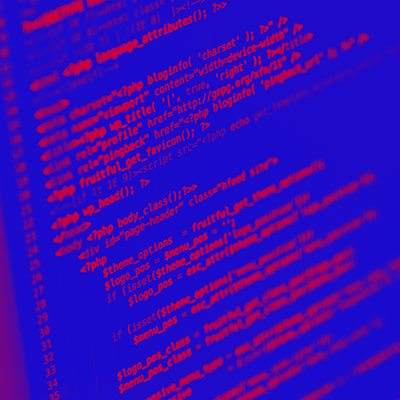WebP and AVIF image formats: which one should you use?
Discover the features of modern WebP and AVIF image formats for the web.
- | Published on

Discover the features of modern WebP and AVIF image formats for the web.

Discover with this post which links are detected by Google and which are not and how to correctly apply the Link Sculpting technique.

Discover with this post what features are desirable in the optimal loading of an image and how to achieve them with the currently available standards.

The Core Web Vitals are the new WPO metrics that Google will start to take into account from May 2021 as a web positioning factor. Find out how to optimize them here.

If your website uses technologies such as Flash or Silverlight, you should consider redeveloping your website. These technologies are becoming obsolete and affect SEO, as they are not indexable.

Find out what HTTP/3 and QUIC are, how they will improve web performance, how to tell if your website uses them and how QUIC can make the Internet faster.

Discover how the max-snippet, max-image-preview and max-video-preview directives for meta robots allow you to protect yourself from negative effects on media search results.

Learn with this post which Javascript technologies cannot run Evergreen Googlebot and what consequences it has for indexing.

Learn how to interpret the new GSC speed report with this article: we tell you where it gets its data from, from what time it considers a metric good or bad and its practical usefulness.

Discover how shadow DOM and web components affect the indexability of pages to avoid positioning problems.

Learn how to avoid misuse of structured data and you won’t run the risk of being penalized by a manual review by Google.

On a SPA website tracking scripts such as Google Analytics do not work correctly with the default installation. Discover the solution with Google Tag Manager or with additional code.

If you want to squeeze the #WPO out of your #web to the max, learn how to optimize your fonts. In this post we expose several basic optimization techniques that should always be applied, as well as other more advanced techniques that are not always advisable to apply.

The fact that there is structured data in schema.org that is equivalent or almost equivalent to HTML5 semantic tags, makes one suspect that this information may be important for Google’s spider (remember that schema.org is partly created by them).

Using a CDN (Content Delivery Network), is something to keep in mind when we want to improve the performance of a website, especially if we have many visits from multiple locations. But depending on how the website is programmed and the type of information it displays, we will be able to take more or less advantage of the features of this type of service.

Websites are becoming slower and slower, due to development frameworks and libraries that take up more and more space and designs that tend to seek greater visual impact. Find out how to evaluate it on your website and fix it.
